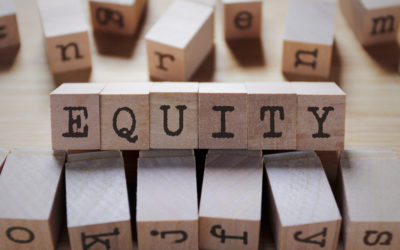The interest of adjustable-rate mortgages (ARM) are tied to the index and margin. The index is a reference point for the interest rate and will vary based on the market. The margin, on the other hand, is a firm set of percentage points that the lender determines. When added together, a new interest rate for the loan is established. Ultimately, this will affect how much borrowers will pay every month for the loan.
Key takeaways
- An ARM is a type of loan that has a variable interest rate compared to a fixed-rate mortgage
- You’ll add the index and margin to get a new interest rate
- The index takes into account current market conditions and will change accordingly
- The margin is a set percentage that remains the same throughout the course of the loan
What is an adjustable-rate mortgage?
An ARM is a loan with a fluctuating interest rate, which depends on the index and margin. This is also known as a variable-rate mortgage or floating mortgage. ARMs can change as often as one year, three years, and even five years. However, this change takes place only after the initial period is over.
This is the opposite of a fixed-rate mortgage, where the interest remains the same for the duration of the loan. ARMs also typically have lower monthly payments compared to fixed-rate mortgages. However, the difference may not be much. Other things to keep in mind about ARMs are:
- Your payments can vary month-to-month
- You may end up owing more money than you originally borrowed.
- You could face a penalty if you pay your ARM ahead of time.
Refer to the Consumerfinance.gov ARMs handbook for a detailed look at ARMs and all they entail.
The index
How much the interest rate changes on an ARM depends on the index, which is based on the current market conditions. If the index rate rises, so will the interest rate and monthly payment. If it falls, however, both the interest rate and monthly payment could also drop.
Lenders will base the interest rates of an ARM on a few indexes, including the Cost of Funds Index (COFI) and 1-year constant-maturity Treasury (CMT) securities. Other lenders will use their own cost of funds as an index, allowing them to have more control.
If you’re thinking about an ARM, consider asking the lender what index they’ll be using, how often it’s changed in the past, and where it’s published.
The margin
The margin is the percentage points you’ll add to the index to set the interest rate. The amount of the margin ultimately depends on the lender and the type of loan, but you can negotiate to keep it low. It also won’t change after you’ve closed the loan.
How do you use the index and margin to find your ARM interest rate?
To find your ARM interest rate, you’ll add the index and margin together using the following equation:
Index + Margin = ARM interest rate
As an example, say you apply for a loan where the lender uses their own index of 5% and the margin is 2%:
5% + 2% = 7%
Whether it’s a variable-rate mortgage or fixed-rate mortgage, a mortgage is a significant commitment. Consider speaking with a GoodLife Reverse Mortgage Specialist that can help you understand the mortgage interest rates available to you. You can also take a look at our guide to reverse mortgage interest rates if you’re interested in learning how these rates may affect your reverse mortgage loan.

 1-866-840-0279
1-866-840-0279


